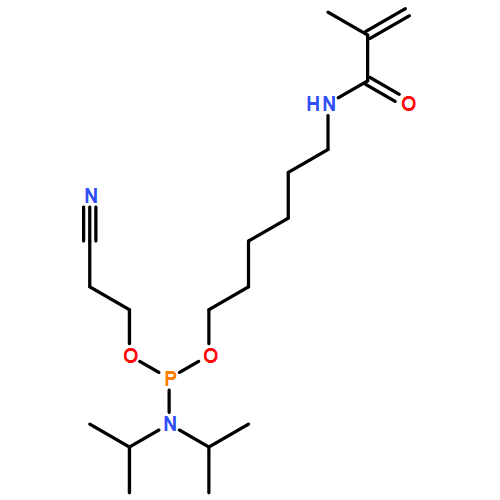Co-reporter: Xiaofeng Wei, Tian Tian, Shasha Jia, Zhi Zhu, Yanli Ma, Jianjun Sun, Zhenyu Lin, and Chaoyong James Yang
pp: 4275
Publication Date(Web):March 25, 2015
DOI: 10.1021/acs.analchem.5b00532
A versatile point-of-care assay platform was developed for simultaneous detection of multiple targets based on a microfluidic paper-based analytic device (μPAD) using a target-responsive hydrogel to mediate fluidic flow and signal readout. An aptamer-cross-linked hydrogel was used as a target-responsive flow regulator in the μPAD. In the absence of a target, the hydrogel is formed in the flow channel, stopping the flow in the μPAD and preventing the colored indicator from traveling to the final observation spot, thus yielding a “signal off” readout. In contrast, in the presence of a target, no hydrogel is formed because of the preferential interaction of target and aptamer. This allows free fluidic flow in the μPAD, carrying the indicator to the observation spot and producing a “signal on” readout. The device is inexpensive to fabricate, easy to use, and disposable after detection. Testing results can be obtained within 6 min by the naked eye via a simple loading operation without the need for any auxiliary equipment. Multiple targets, including cocaine, adenosine, and Pb2+, can be detected simultaneously, even in complex biological matrices such as urine. The reported method offers simple, low cost, rapid, user-friendly, point-of-care testing, which will be useful in many applications.
Co-reporter: Xiaofeng Wei, Tian Tian, Shasha Jia, Zhi Zhu, Yanli Ma, Jianjun Sun, Zhenyu Lin, and Chaoyong James Yang
pp: 2345
Publication Date(Web):January 14, 2016
DOI: 10.1021/acs.analchem.5b04294
A disposable, equipment-free, versatile point-of-care testing platform, microfluidic distance readout sweet hydrogel integrated paper-based analytical device (μDiSH-PAD), was developed for portable quantitative detection of different types of targets. The platform relies on a target-responsive aptamer cross-linked hydrogel for target recognition, cascade enzymatic reactions for signal amplification, and microfluidic paper-based analytic devices (μPADs) for visual distance-based quantitative readout. A “sweet” hydrogel with trapped glucoamylase (GA) was synthesized using an aptamer as a cross-linker. When target is present in the sample, the “sweet” hydrogel collapses and releases enzyme GA into the sample, generating glucose by amylolysis. A hydrophilic channel on the μPADs is modified with glucose oxidase (GOx) and colorless 3,3′-diaminobenzidine (DAB) as the substrate. When glucose travels along the channel by capillary action, it is converted to H2O2 by GOx. In addition, DAB is converted into brown insoluble poly-3,3′-diaminobenzidine [poly(DAB)] by horseradish peroxidase, producing a visible brown bar, whose length is positively correlated to the concentration of targets. The distance-based visual quantitative platform can detect cocaine in urine with high selectivity, sensitivity, and accuracy. Because the target-induced cascade reaction is triggered by aptamer/target recognition, this method is widely suitable for different kinds of targets. With the advantages of low cost, ease of operation, general applicability, and disposability with quantitative readout, the μDiSH-PAD holds great potential for portable detection of trace targets in environmental monitoring, security inspection, personalized healthcare, and clinical diagnostics.
